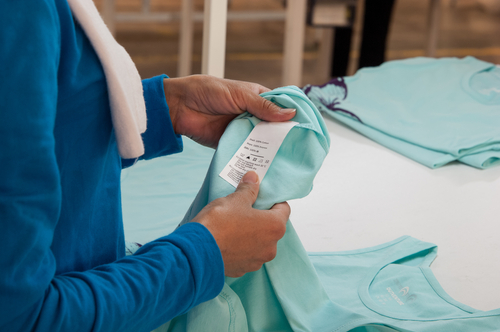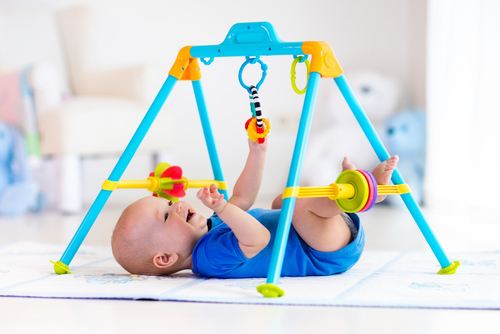登录或注册继续阅读

In 2008 the Technical Committee CEN/TC 248 “Textiles and Textile Products” started developing a report on the adoption of EN 14682. It became clear that industry and market surveillance authorities need support to understand the relation between the requirements and the technical aspects of garment design and manufacture. This Technical Report is intended to assist in applying the EN 14682:2014 along the supply chain of the textile industry.
来自 Bureau Veritas Technical Services 5 分钟
1. GENERAL INFORMATION ABOUT THE TECHNICAL REPORT
The standard EN 14682 “Safety of children’s clothing – cords and drawstrings on children’s clothing was issued for the first time in December 2004. Since then the standard was revised twice. Related to the running development of garments, designs and styles, users find it challenging to adopt the requirements correctly on their products.
Frequently raised questions led the working group CEN/TC 248 WG 20 to develop a guidance, which supports users to adopt the EN 14682 correctly.
The first version was issued in 2012 titled PD CEN/TR 16446 – Textiles. Safety of children’s clothing – Guidance on the use of EN 14682:2007 – Cords and drawstrings on children’s clothing – Specifications.
After the publication of the new version of EN 14682 in 2014, this document was immediately withdrawn. Despite the revision new questions arose. The consequence was that the responsible working group resumed work on a new guidance.
2. SCOPE
The technical report helps users to control their product development and comply with the requirements of the general product safety (Directive 2001/95/EC [...] general product safety) in European countries.
This guidance contains ‘questions & answers’ related to the corresponding chapters in EN 14682:2014. The topics are based on FAQs raised by the clothing industry, retailers and market surveillance.
All requests and questions may result in the following actions:
• Better understanding of the standard
• No clarification required; the requirements are already clear in the standard
• Revision of the standard; including the certain topics
3. REQUIREMENTS
The content is divided in the categories scope, definitions and requirements. The questions were submitted by the CEN member body through the national committees, based on the inquiries of the experts and the industry.
Examples:
• “Are products listed as “out of scope” in EN 14682 presumed to be safe?“
• “Why are hoods on garments not considered by this standard?“
• “In the definition of loop what is meant by “attached‘?“
• “Are tubular scarves such as a snood acceptable?“
The contents of these questions show that there’s not always a problem with missing information. Often the requirements are included and clear in the standard but are not adopted correctly by the users.
4. STATUS
The technical report is not intended to be a guideline for style and design issues. The requirements in EN 14682:2014 are not limited to the examples and answers in PD CEN/TR 17376. Every new product requires an appropriate and reliable risk analysis which shows that the product can be declared as safe, considering the foreseeable use and circumstances.
This year the CEN Committee started the next revision of EN 14682. The questions listed in the technical report are considered in the following version. Furthermore additional requirements on body areas and types of garments, not considered in the current version, will be determined.
The aim is to create a standard which makes any further guidance unnecessary.
As an active member of CEN/TC 248 WG 20, Bureau Veritas is frequently informed about further development and results of standardization. Therefore we have always the current state of knowledge and have the ability to inform at an early stage. Detailed consulting and editing of requirement manuals are also part of our services.
